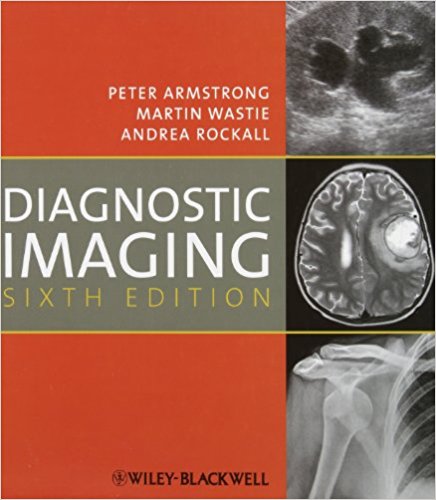Real-Time Three-Dimensional Transesophageal Echocardiography: A Step-by-Step Guide 2012th Edition


[amazon template=iframe image2&asin=1461406641]
Three-dimensional (3D) transesophageal echocardiography (TEE) is a powerful visual tool which the novice or experienced echocardiographer, cardiologist, or cardiac surgeon can use to achieve a better understanding and assessment of normal and pathological cardiac function and anatomy. A complement to traditional 2D imaging, 3D TEE enables visualization of any cardiac structure from multiple perspectives. For the echocardiographer, it demands a different set of skills for image acquisition and manipulation.
Real-Time Three-Dimensional Transesophageal Echocardiography is a practical illustrated step-by-step guide to the latest in 3D technology and image acquisition. Each chapter systematically focuses on different cardiac structures with practical tips to image acquisition.
Features
- Up-to-date
- Synoptic presentation of essential “how-to” and relevant clinical information
- More than 300 color figures
- Practical fundamentals, including altered knobology, and how to acquire and manipulate image datasets
- Systematic identification of special diagnostic issues
- Normal and abnormal cardiac pathology
- Supplemented by the Virtual TEE Perioperative Interactive Education (PIE) website which provides free access to online resources for teaching and learning TEE: http://pie.med.utoronto.ca/TEE


















